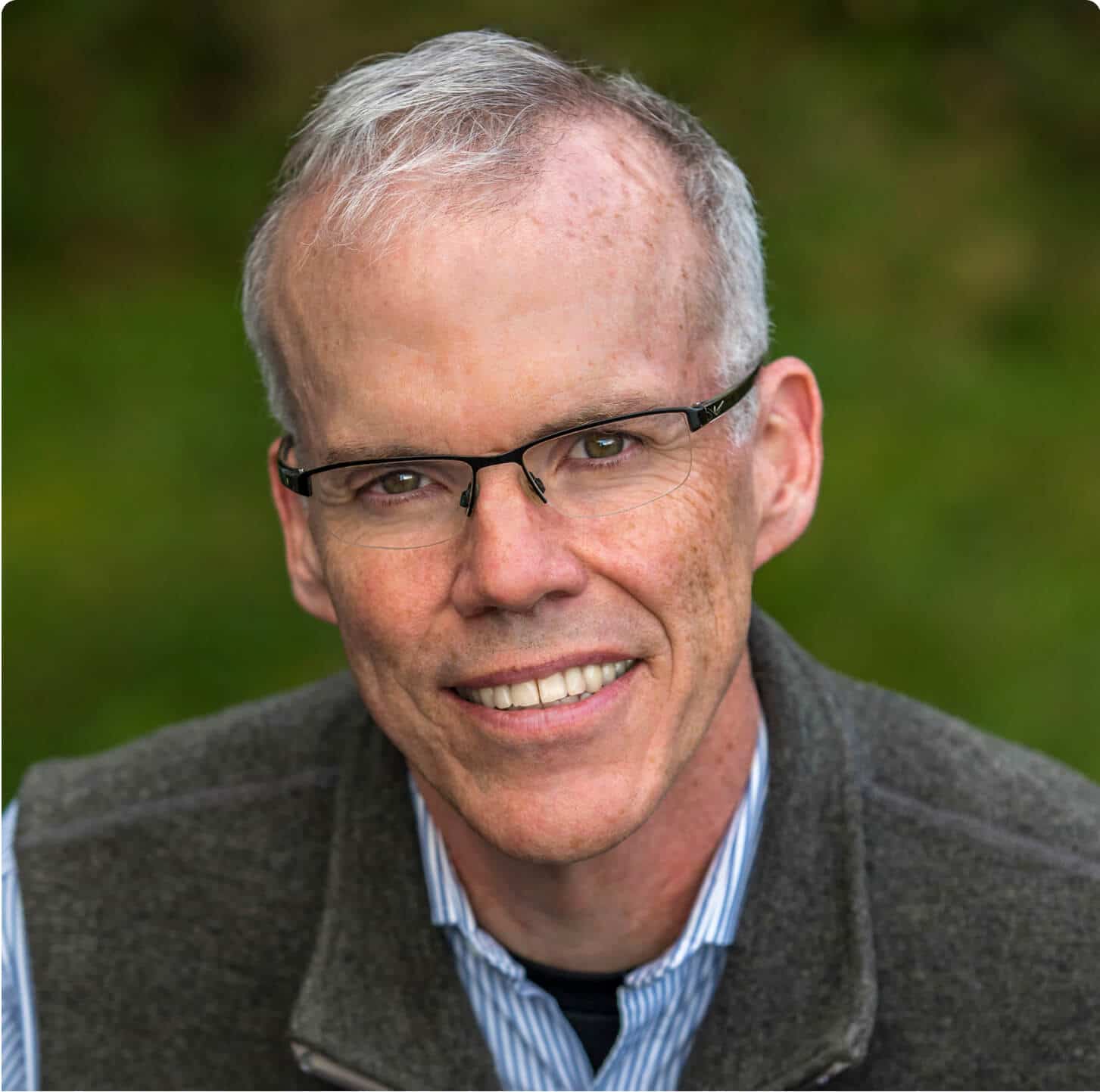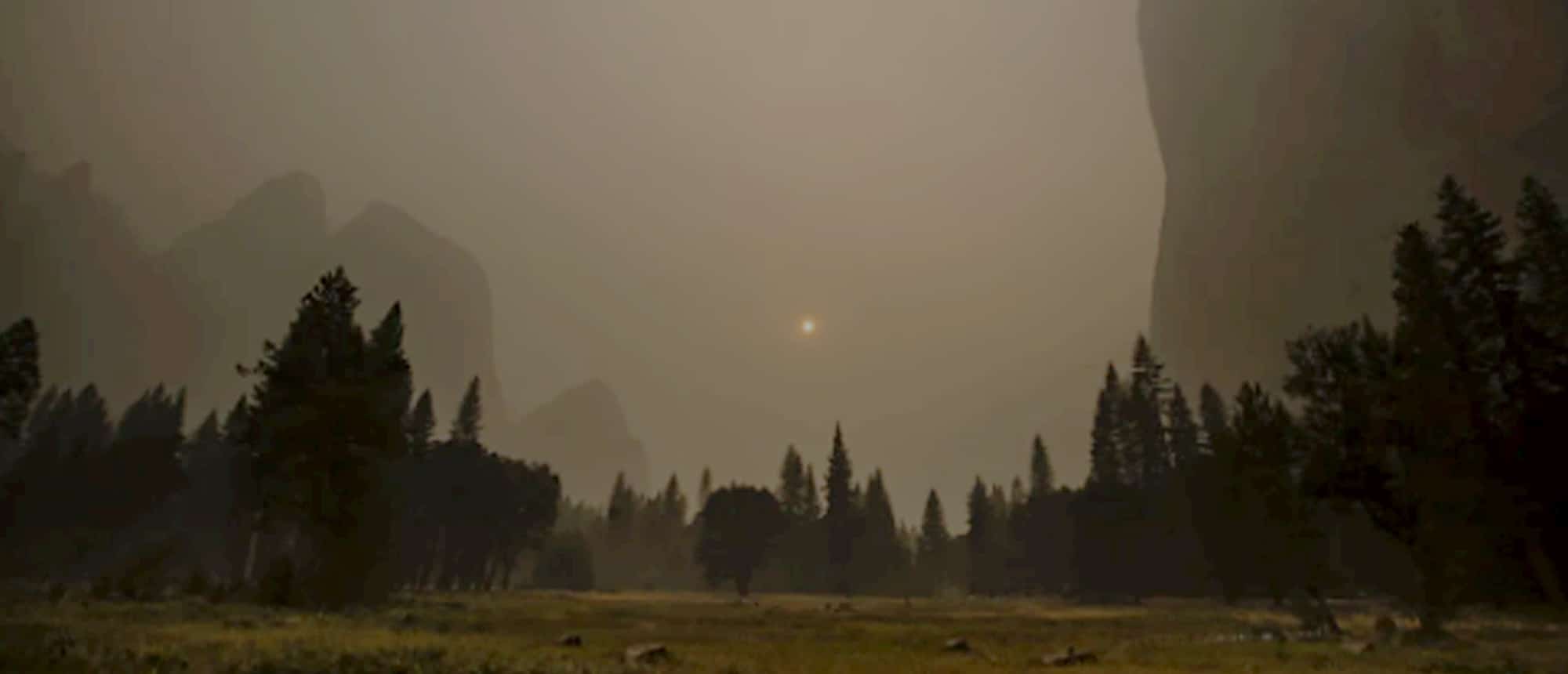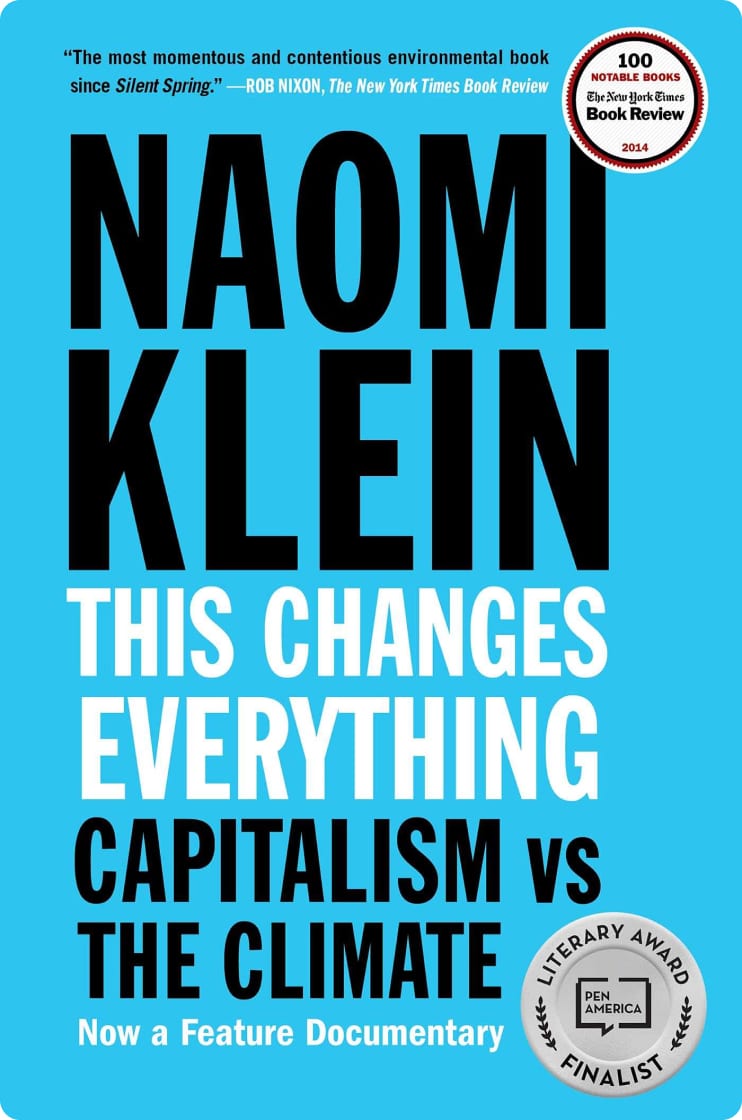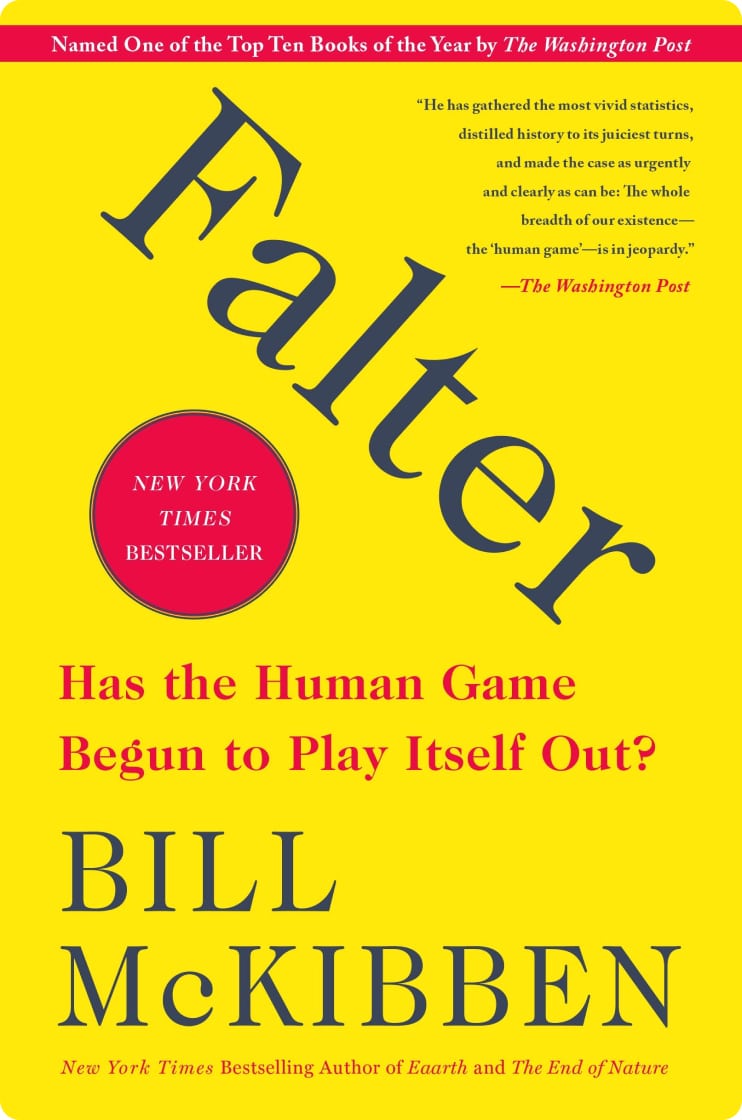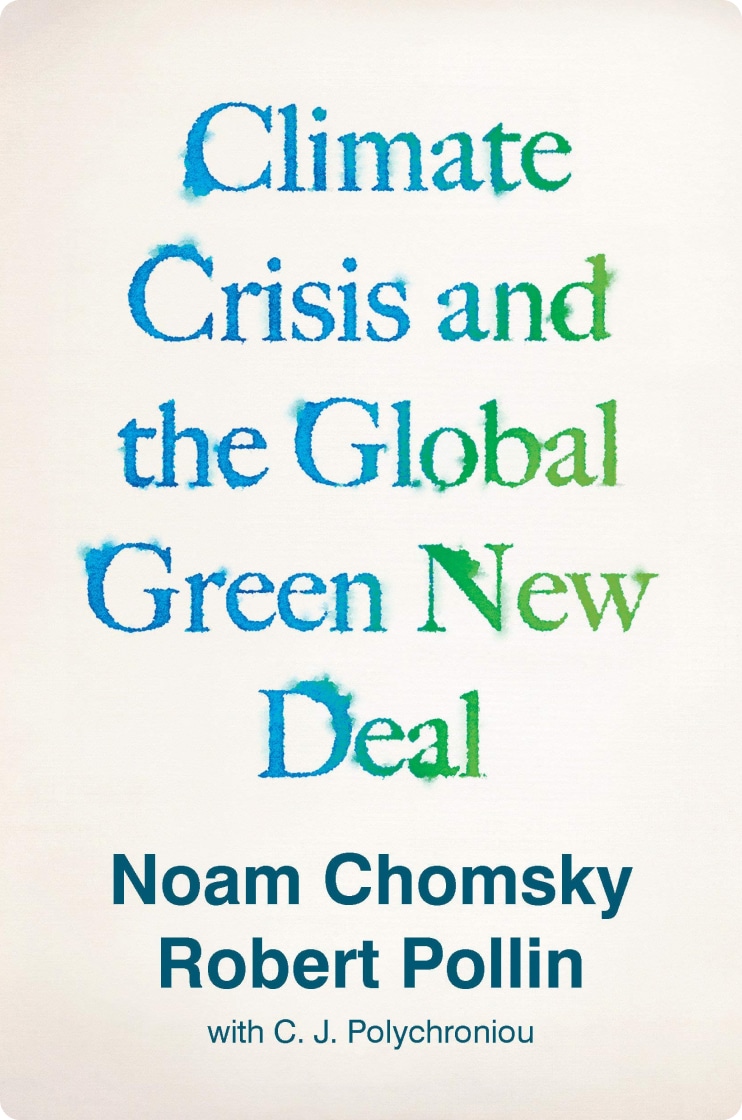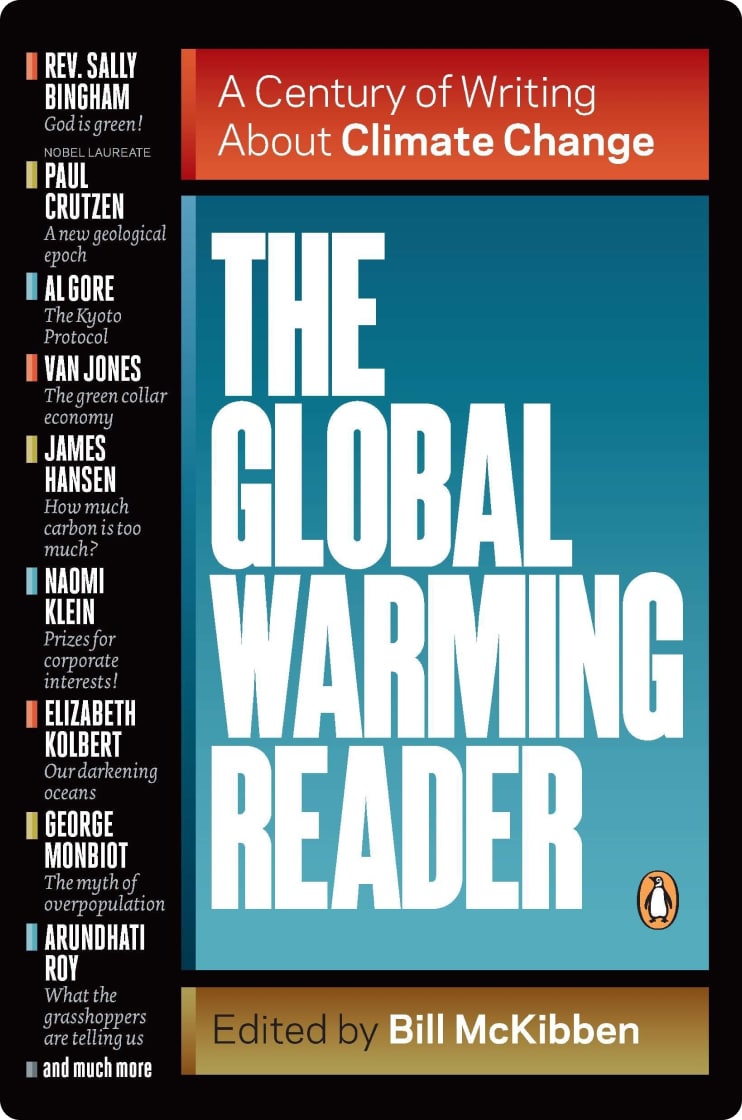In A Historic Wildfire Season, It’s Time To Follow The Lead Of Young Campaigners
The numbers shock, of course: these past weeks, West Coast fires have burned an area the size of New Jersey. The smoke has thickened the air to the point where the pollution is literally off the E.P.A.’s existing charts. Five of the ten largest fires in California history are currently burning. But it’s the color that I think will linger in our minds—the orange not of flames but of the shroud of particulates and fog, which tints San Francisco an eerie mango and turns the glorious Yosemite views that Ansel Adams imprinted on our brains into something haunted and grim.
In that terrifying glow, what do we do? One answer might be: give up. These fires are an illustration of the power that we’ve already unleashed; there is no question that they represent a new baseline and that, as the climate scientist Peter Kalmus and the fire ecologist Natasha Stavros explain in the Los Angeles Times, they’re going to get worse. Unless, as President Trump blithely observed on Monday afternoon, to California’s secretary for natural resources, “It’ll start getting cooler, you just watch.” (Trump added, “I don’t think science knows, actually.”) And the blazes along the blue Pacific are probably not even the most dangerous burning on the planet right now: an article in Nature this week makes it clear that the vast Siberian fires are burning into the Arctic peatlands, which hold truly massive stores of carbon, threatening to set off a large-scale feedback loop.
But giving up is generational aggression: it consigns the planet’s young people (and all future generations) to an ever-grimmer planet. And that would be wrong, because there’s still much that we can do—if not to prevent global warming then to prevent it from getting so bad that civilizations like the ones we’ve known are no longer an option. So this is the moment—maybe the last moment—to pay full attention to what young people are telling us. It’s been a couple of weeks now since Ed Markey came back from seventeen points down to crush Joseph Kennedy III in the Massachusetts Democratic Senate primary, but it’s worth looking back at that race. That huge swing resulted almost entirely, I think, from young people adopting the seventy-four-year-old Markey as one of their own. First, it was the Sunrise Movement, the post-college climate champions who brought us the Green New Deal and are now emerging as a potent political force. Then came Students for Markey, Ed’s Reply Guys, and the “Markeyverse.” Many were too young to vote, but they could meme: soon Markey was way cooler than Kennedy, which is amazing, since, as Marshall McLuhan once noted, Kennedy’s great-uncle was the coolest politician America ever saw. And Markey’s coolness was rooted mostly in his support for climate action.
It’s crucial that young people vote this time around—groups like NextGen America are mobilizing campuses like never before. But it’s probably even more crucial that young people persuade some percentage of their parents and grandparents to vote differently. Young people overwhelmingly favor Joe Biden, so they’re in the perfect position to create a permission structure that allows their elders to act in a way they otherwise might not. If you’re undecided, why not do what the kids want? In a country where most Americans sense that things are going very wrong, a strong nudge from young people may be what it takes to convince some older ones to break long-held political habits. In 2008, Sarah Silverman asked young people to schlep to Florida to make sure that their grandparents voted for Barack Obama. Travel’s less likely this fall, but even those of us with gray hair have Zoom pretty much down at this point.
And, of course, it helps this effort each time Biden sharpens his message around climate and race, the issues of deepest concern to the next generation—or at least when he makes clear that he intends to put people with sharp minds and sharp messages to work in his Administration. It’s noteworthy that these young activists coalesced around Bernie Sanders or Markey, and not around Pete Buttigieg or Kennedy, even though Pete and Joe were explicitly running on the need to pass the torch to a new generation. The authenticity of Sanders’s or Markey’s politics trumps their chronological age. If everything’s on fire, thank heaven, at least, that wonky honesty is cool.
Passing the Mic
Jennifer Francis, who works at the Woodwell Climate Research Center, in Falmouth, Massachusetts, has done pioneering work on one of the crucial questions of our time: What happens to the rest of the world as the result of the rapid melting of the Arctic? As a young woman, she circumnavigated the planet by sailboat, which may help explain her almost uncanny feel for the way that the earth’s forces connect. (It also persuaded her to shift her career plans away from dentistry.)
The Arctic has changed faster than anywhere on earth, but the Arctic is a long way away from me, so why should I care?
The monumental changes under way in the Arctic affect us all. Not only is it warming rapidly there but all three forms of what used to be called “permanent ice” are disappearing: sea ice (frozen ocean water), land ice (glaciers and ice sheets), and permafrost (frozen soils). In only the past forty years, about half of the sea-ice coverage during summer and three-fourths of the sea-ice volume have vanished. White ice and snow reflect most of the sun’s energy, so losing this much ice means that the earth now absorbs more sunshine. This extra heat has made global warming twenty-five- to forty-per-cent worse than it would be otherwise. That extra heat melts more ice, which exposes more dark ocean, which absorbs more sunshine, creating a vicious cycle that causes further warming and melting. Land ice is also melting ever faster, accelerating the pace of sea-level rise. And permafrost is thawing deeper and farther north, which activates microbes that devour ancient organic matter trapped in the soil, releasing more heat-trapping carbon dioxide and methane into the atmosphere: another vicious cycle.
Are the effects of that melt settling in as a new weather regime, or should we expect ongoing big change?
In addition to accelerating sea-level rise and permafrost thaw, rapid Arctic warming is disrupting weather patterns all around the Northern Hemisphere, where billions of people live. The connection is through the jet stream, a fast river of wind that encircles the mid-latitudes at high altitudes where jets fly. The jet stream exists because of the difference in temperature between the cold Arctic and the warmer areas farther south: when the difference is large, the jet is strong and blows relatively straight from west to east. As the Arctic warms faster than elsewhere, the north-south temperature difference decreases, causing the jet winds to weaken. A weaker jet stream is more easily deflected from its eastward path by mountain ranges and other obstacles, and instead takes large swings north and south more often. Those larger waves mean that warm air can penetrate farther north, and frigid air farther south. Those large jet waves also tend to linger in place, causing weather conditions in a particular location to stagnate and cause droughts, flooding, and prolonged heat waves and cold spells. As greenhouse gases continue to accumulate, and the Arctic continues to melt rapidly, persistent and extraordinary weather regimes will become ever more ordinary.
Are there other physical features of the earth that might exert the same kind of leverage as they change?
Many changes to the climate system are occurring simultaneously, so for any ?particular extreme-weather event, it is difficult to point a finger at just one factor. The jet stream and weather regimes are affected by many of these changes. Some examples: the tropics are expanding, which is pushing jet streams toward the poles. This factor is largely responsible for drought, heat waves, and increased wildfires in Australia and other regions in the Southern Hemisphere. Another issue is that warmer ocean waters are extending the length of hurricane seasons, allowing tropical storms to travel farther northward, where they are more likely to interact with the jet stream and disrupt it. And upper levels of the tropical atmosphere are expected to warm disproportionately, which may oppose the effects of rapid Arctic warming. (Climate models project this to happen, but so far it has not been observed in the real world.)
Climate School
An important paper from the Australian economist Steve Keen lays out in unsparing terms one of the main reasons that the world responded so slowly to climate warnings from scientists: the neoclassical economists who calculated the economic impact of global warming got it disastrously wrong, in part because they assumed “that about 90% of GDP will be unaffected by climate change, because it happens indoors.” This, if you think about it for more than a few seconds, is an unwise assumption. As a result of our poor response to the environmental threat, the federal Commodity Futures Trading Commission warned last week that “a world wracked by frequent and devastating shocks from climate change cannot sustain the fundamental conditions supporting our financial system.”
Secret recordings obtained by the Times reporter Hiroko Tabuchi show that gas and oil execs have not been telling the truth when they say that they’re working hard to rein in methane emissions. Also, they still think a lot about “hippies.”
In an effort to lessen partisan divide over climate change, the team at Protect Our Winters launched a new movie on Tuesday starring the professional snowboarder Jeremy Jones. “Purple Mountains” (a great title) argues that perhaps love of the outdoors will be enough to bring us together.
For years, enviros have called on institutions to “cut ties” with the fossil-fuel industry. Some Australian campaigners have taken that rallying cry literally (though, with the current vogue for pandemic-casual, it’s not clear how many men are still wearing cravats).
Scoreboard
A new study finds that, worldwide, wild-animal populations have dropped sixty-eight per cent since 1970, a statistic so depressing that one hardly knows how to process it. As a researcher said, “It seems that we’ve spent 10 to 20 years talking about these declines and not really managed to do anything about it. It frustrates me and upsets me. We sit at our desks and compile these statistics but they have real-life implications. It’s really hard to communicate how dramatic some of these declines are.”
A major energy forecaster, the Norwegian firm DNV GL, has predicted that 2019 may have seen peak oil demand, with the pandemic speeding up that process by almost a decade. Kingsmill Bond, of the Carbon Tracker Initiative, made the same call earlier in the year. If true, the most important effect will be the continued political weakening of the oil companies, and, hence, of their ability to defeat new climate measures.
Even though the governor of California, Gavin Newsom, has railed against climate deniers, the Associated Press reports that new statistics show he has approved a hundred and ninety per cent more oil and gas drilling permits in the first six months of 2020 than he did in his first six months in office. If, in a rich state beset by years of drought and fire, he’s not willing to stand up to the oil industry, it’s a little hard to imagine why he expects other political leaders to do so.
